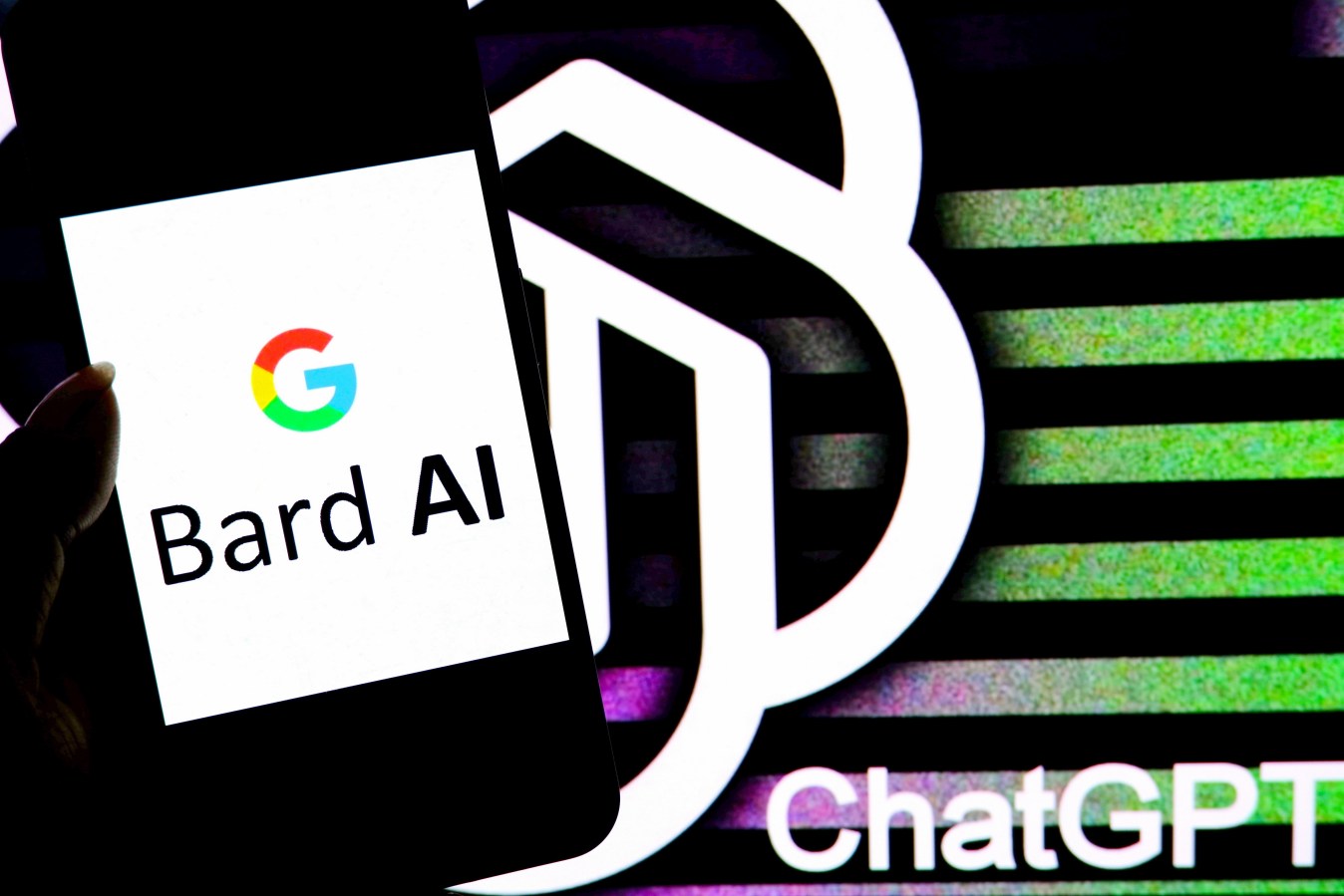For thousands of years, customers have traditionally been individual humans, families or organisations. But what happens when your best customers aren’t human?

AI-enabled non-human customers are coming and they will act very differently. In fact, they’re already here in some form – now’s the time to prepare your business to take advantage.
The common concern with AI’s effect on employment is understandable, but it deflects attention from a greater business challenge. AI will accelerate the replacement of human customers by machine customers.
While AI bot replacements for employees might do as you say, AI-enabled machine customers that obtain goods and services in exchange for payment will do as they see fit. If you serve them well, they can grow your addressable market. If you ignore their needs, you may not even see them walk away.
The new generation of deep neural network AI systems will change the role of the customer — in many cases, for the better. While some shopping for handbags, rare whiskeys or a new car might count as a leisure activity, a great deal of customer work is a laborious chore.
Few buyers enjoy shopping for toilet paper, life insurance or a large technology purchase for their organisation. Devoting time to life admin is something many of us would prefer to avoid. AI can and will help chip away at that work too.
Related
Time to change your mindset
Machines are increasingly becoming customers on our behalf, with AI accelerating this trend. With the Australian Taylor Swift Eras Tour kicking off next week in Melbourne, we’ve all heard about (or quite possibly experienced) the near-impossible task of getting tickets. You weren’t just competing against four million humans. Ticketek revealed last year the company repelled over half a billion scalper bots that attempted to snap up pre-sale tickets.
The introduction of generative AI this year added an extra twist. Expedia announced in April 2023 that it’s adding ChatGPT features to its mobile app to provide an interactive experience for basic travel details. The AI service can’t plan an entire trip yet, but that is in the works.
Greg Brockman, co-founder of OpenAI, demonstrated in a recent TED Talk how ChatGPT could help plan a dinner party menu, send the menu to DALL-E to create an invitation, make a shopping list and send it to a personal grocery shopping service.
This isn’t a contrived or exaggerated perspective. Machines are gradually taking over the tasks of being a customer – determine needs, shop and compare, as well as negotiate, agree and pay.
The argument that the “real customer” is always the human or organisation behind the bot is irrelevant to your ability to sell. Once machines assume the role of purchaser, it’s the machine you must convince to buy.
Automotive may forge the path ahead
Cars will be one of the most important breakthrough categories, for everything from purchasing tyres and recharging, to passenger snacks and cleaning services.
What’s at stake is so profound that big car companies are radically reorganising themselves to accelerate transformation and insure against disruption. Elon Musk has repeatedly asserted that Tesla cars will earn money in the future by operating as autonomous taxis.
These developments point to a world in which driverless cars roam around earning money and spending it directly from their own payment wallets. But machine customers don’t have to be physical things like cars or home appliances.
Software agents will also be important players, as embedded generative AI massively boosts the abilities of intelligent assistants such as Amazon’s Alexa. Once we all have access to powerful shopping robots in our work and home lives, what won’t we be prepared to have them buy for us?
Related
Opportunity for market growth
In many circumstances, human consumers and business professionals will start delegating machines to do customer work for them. Often, that work is the self-service effort that companies imposed on customers in the name of convenience, but really to reduce internal operating costs.
The move to machine customers won’t happen overnight but will continue to unfold throughout this decade. Organisations that produce physical products or software have some vital decisions to make.
The spread of machine customers might shrink some markets, but for many, it will be an opportunity for total market growth. That’s because humans tend to be inefficient customers who frequently dither, forget and fail to complete specific actions.
HP now has over 12 million customers for its Instant Ink service, where people delegate to their printer the task of remembering to buy ink. That’s a lot of people who print pages when they otherwise might not have — expanding the total market. In 2022, that service was extended into an adjacent revenue opportunity with paper ordering.
Be part of the action
Start by making all your product and service information easily accessible to machine customers. They may be searching on 100 different variables. You’ll need to provide data for all, depending on where they are in the purchase process. Provide and encourage API access, as well as ensure CAPTCHA and other bot thwarting tools aren’t shutting out legitimate machine customer revenue.
Add machine customers to your core digital commerce and sales strategy. This will be the first place they go when they want to buy from you. Consider the impact on the way you sell and provide information.
Develop a strong commercial partnership between sales, marketing, supply chain, IT and analytics, exploring what happens when machine customers start buying from you. The supply chain must be agile enough to respond to unexpected demand patterns.
Start hiring and training sales and service staff to work with AI agents. They’ll need to understand and possibly crack the algorithms that drive a machine customer’s purchase behaviour or after-sale service demands.
Finally, train customer-facing staff to spot machine customers. Generative AI LLM-powered bots posing as humans may already be trying to negotiate, book and buy from you through text-chat-based customer service lines, and perhaps even via telephone using high-quality voice synthesis.
Don Scheibenreif is a Distinguished VP Analyst, leading Gartner’s customer experience research globally. His focus is on how emerging trends and digital business will impact customer experience. He recently co-authored Gartner’s latest book: “When Machine Customers” with Gartner expert Mark Raskino.




